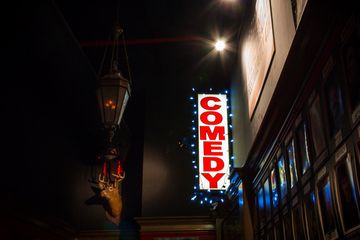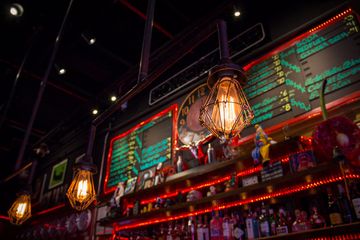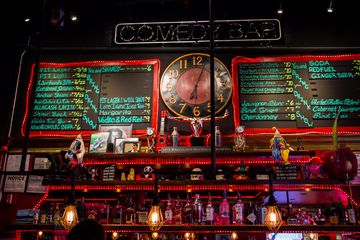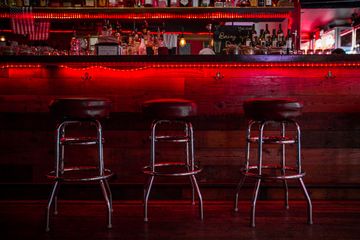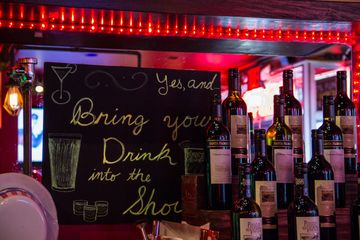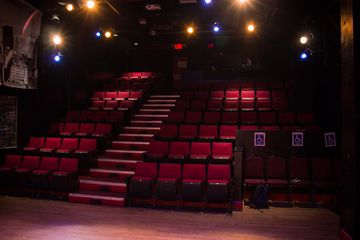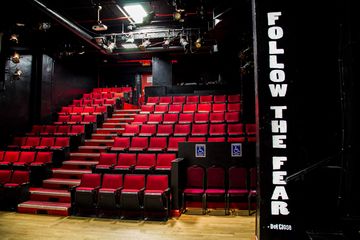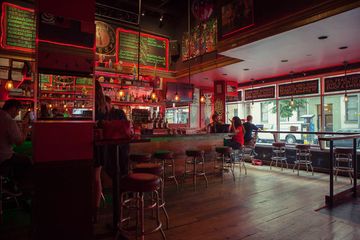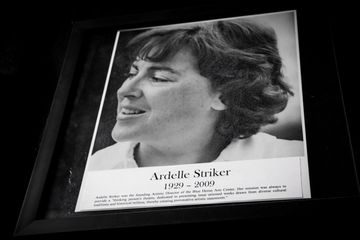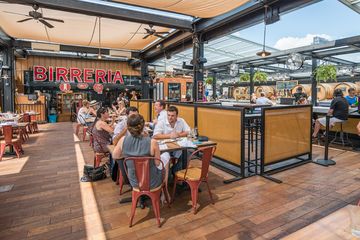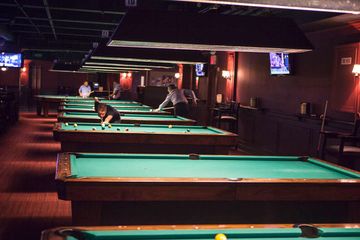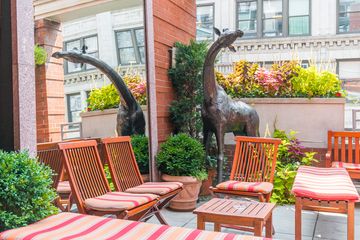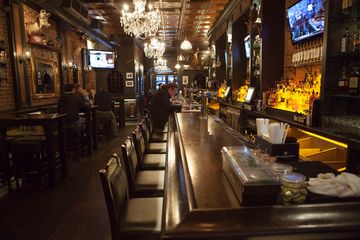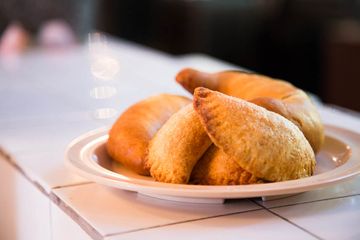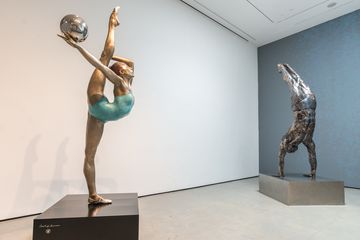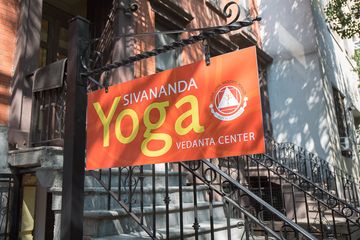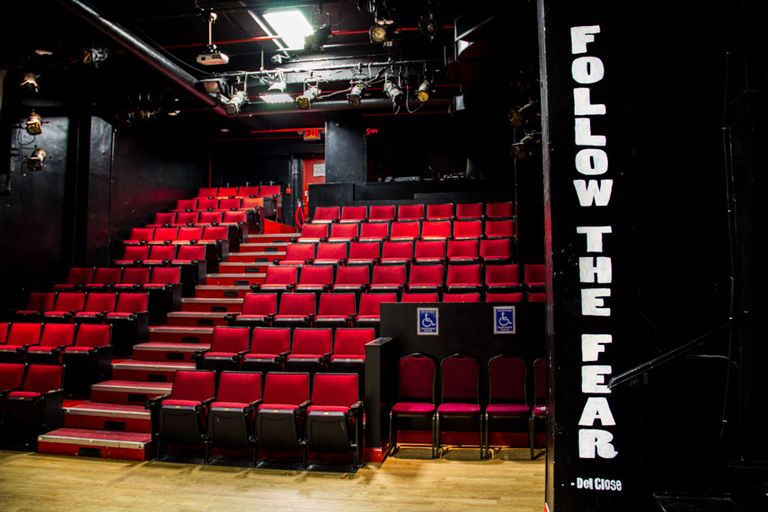
It was Christmas Eve of 1989 when Ali Reza Farahnakian, founder and owner of the People’s Improv Theater, had what he calls an epiphany while watching Saturday Night Live. Ali was about to graduate college, and realized that while he had been planning on becoming a doctor, he didn’t want that-what he really wanted was to play a doctor on TV. Growing up in a small town, Ali had always enjoyed playing pretend, and so the move to a career in improvisational acting felt natural. With this goal in mind, he moved to Chicago to work with the iconic Second City Theater. It took many years of hard work and cleaning toilets at Blockbuster, but he did eventually carve a space for himself in the improv world. Ten years after his Christmas epiphany Ali moved to Manhattan to be a part of the show that started it all-Saturday Night Live. He worked on the 25th Anniversary Show of SNL, and also helped to open up the now famous Upright Citizens Brigade with several other comedians. After some time at Upright Citizens Brigade, Ali decided to found his own improv theater, the PIT, which now sits in the beautiful century-old space on 24th Street. Although Ali is the owner of the PIT, he wears many hats and continues to both perform and teach classes every week along with the rest of the staff. When asked if it was scary to get up on stage Ali replied, “it’s just a little less scary than not doing it.” In fact, Ali sees improv more as a philosophy and way of life than just a performance art. The first rule of improv at The PIT is never to say “no,” but instead to say “yes, and…,” always willing to engage and add something new. Aside from moving things along onstage, Ali claims that applying this attitude to life can change the way we interact with the world. For this reason, Ali claims taking an improv class can be a therapeutic exercise just like yoga or meditation. At the PIT, they see the ultimate goal of improv not to be pretending, but to learn how to truly be yourself on stage. Aside from classes (for every level of experience) and numerous daily improv comedy shows, The PIT also functions as a full service bar. The bar features a hydration station with self-service cold water-something missing in most Manhattan bars! It’s also a wonderful place to hang out before or after a show, and is almost always populated by various comedians throwing around jokes for free. Perhaps the most important role of The PIT though, is as a community. While Ali is clearly central to the goings on of The PIT, he assures us that even if he were to disappear the machine would continue on rolling because of the wonderful community that has sprung up around it. Looking at the many performers, learners, and friends who view The PIT as a second home-we believe it. Even the decoration reflects this eclectic sense of a cobbled together, tight-knit community-hand-made posters and installations fill the walls of the bar and even the theater. Ali explained that whenever someone tells him they have a skill at art he says “great, let’s hang it up,” just like a proud father putting his children’s art on the fridge. Ali feels that The PIT is fairly successful in its current location on 24th Street, but only as a destination spot. He thinks that it would be incredibly difficult to survive on the side street as only a bar, but with the community of comedians and comedy enthusiasts he’s built, The PIT is able to attract enough business. However, Ali doesn’t really think of what he’s doing as business. He admits that he is selling something, but he feels so good about what he’s selling and so sure of the positive influence it will have on people’s lives that he can’t help but feel good about it. And we agree, whether its laughter in the theater, learning how to comfortably be ourselves in the classroom, or a sense of community at the bar-what The PIT sells is unlike most other businesses, and we want some.
